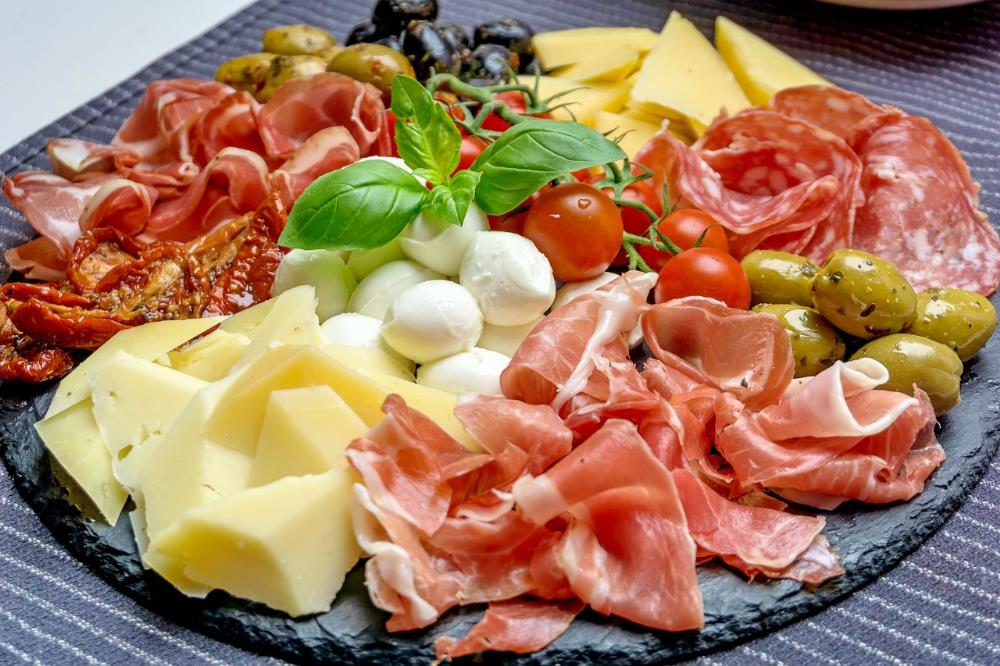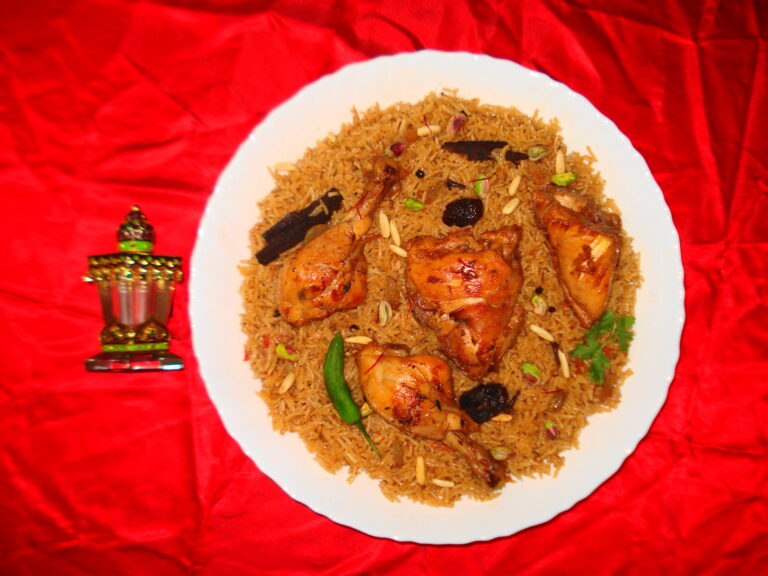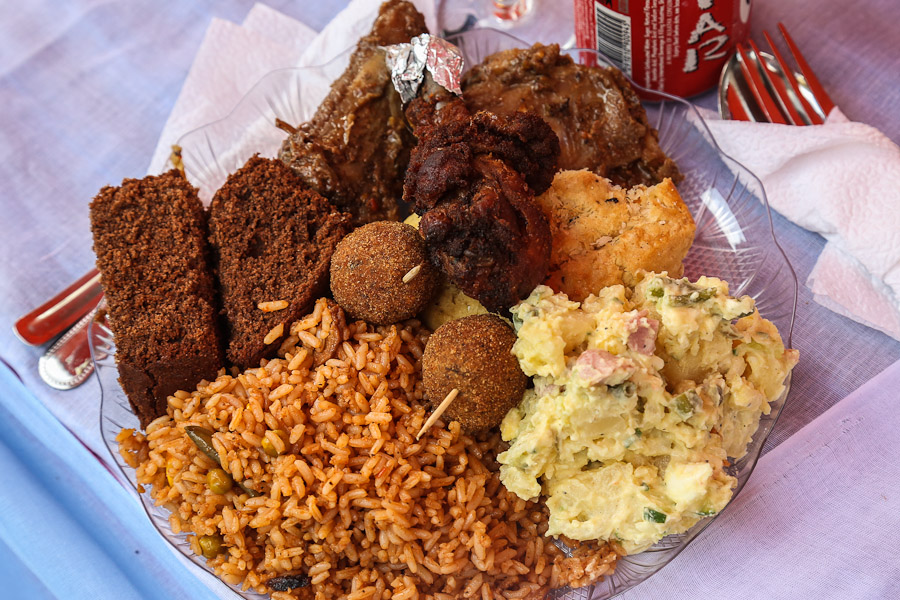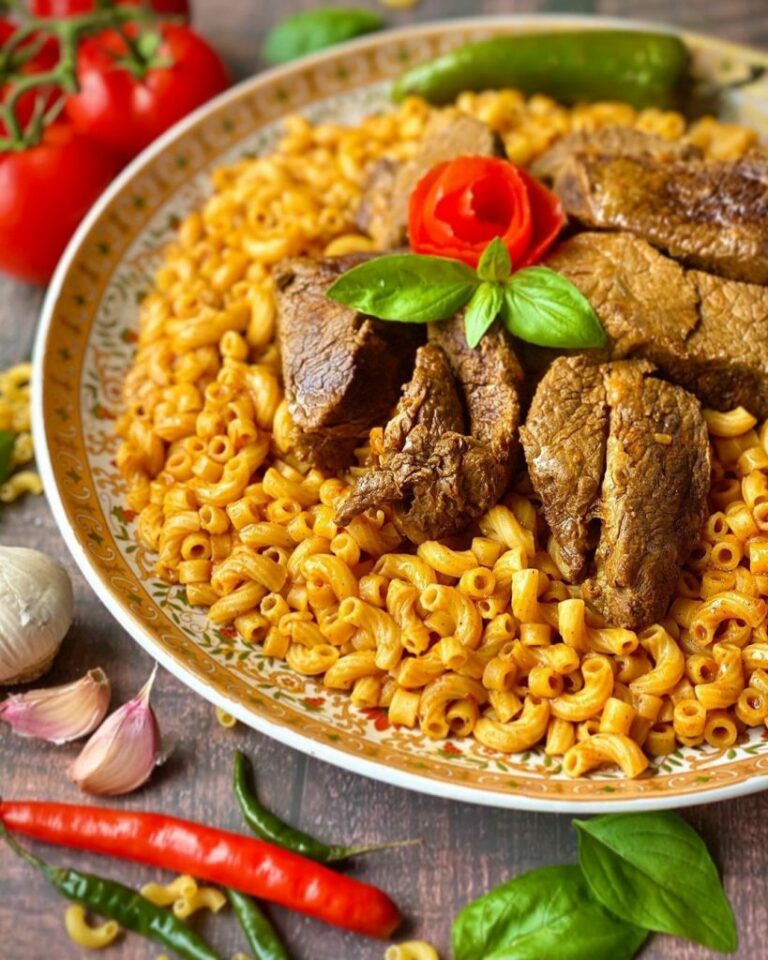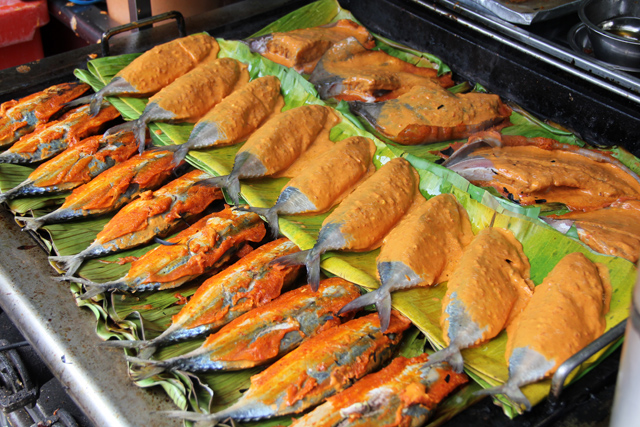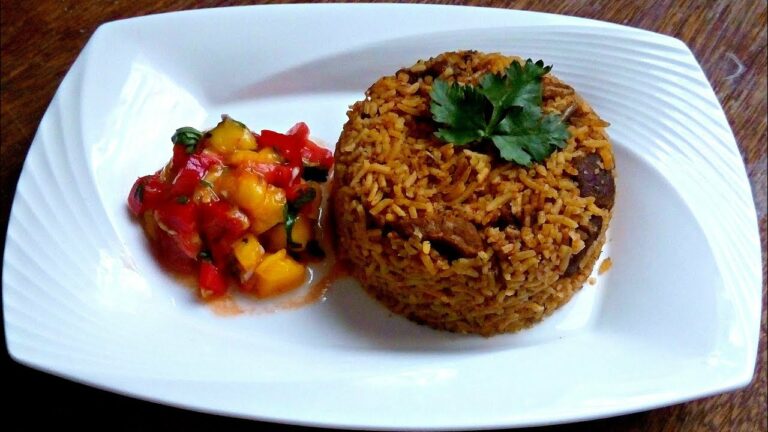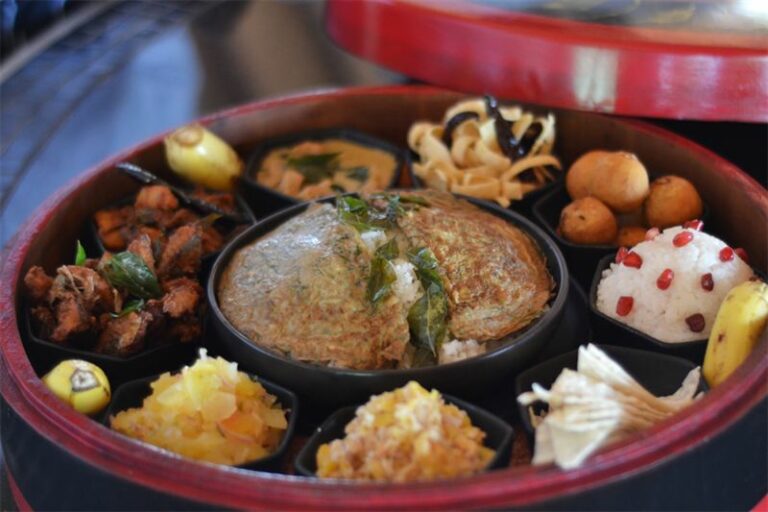Introduction: Italian Fishing and Coastal Traditions
Italy boasts a long coastline that stretches from the French border to the eastern coast of the Adriatic Sea. With a rich history of fishing and maritime commerce, it is no surprise that Italy’s coastal regions have developed a unique culinary tradition that incorporates fresh seafood and local ingredients. Italian cuisine is renowned for its diversity and complexity, and the influence of coastal traditions can be seen in the vast array of seafood dishes that are enjoyed across the country.
The Influence of Italian Cuisine on Seafood
Italian cuisine has a strong influence on seafood worldwide, with the Italian word “cuisine” having been adopted into the English language to refer to a particular style of cooking. The use of fresh, locally-caught seafood is central to the Italian culinary tradition, with dishes such as spaghetti alle vongole (spaghetti with clams) and insalata di mare (seafood salad) becoming synonymous with Italian cuisine. The emphasis on simplicity, freshness, and quality ingredients is evident in the preparation and presentation of Italian seafood dishes, which often rely on simple techniques such as grilling, roasting, or frying.
The Art of Curing Fish in Italian Tradition
Another important aspect of Italian coastal cuisine is the art of curing fish. Italians have been curing fish for centuries, and the process involves treating fresh fish with salt, vinegar, and other ingredients to preserve the fish and enhance its flavor. Cured fish is a staple of Italian cuisine, and dishes such as baccalà (salt cod) and tonno sott’olio (tuna in oil) are enjoyed across the country. Curing fish is a time-honored tradition in Italian coastal regions, and the process has been passed down through generations of fishermen and cooks.
The Importance of Seasonality in Coastal Cuisine
Seasonality is an important aspect of Italian coastal cuisine, with ingredients being selected based on their availability during different times of the year. Coastal regions are blessed with an abundance of fresh seafood, and traditional Italian recipes often incorporate seasonal ingredients such as mussels, squid, and octopus. The use of local ingredients is central to the Italian culinary tradition, with each region having its own distinctive style and flavors.
Traditional Italian Fish Recipes and Techniques
Italian coastal cuisine is known for its simplicity and emphasis on fresh, locally-sourced ingredients. Traditional Italian fish dishes often rely on simple techniques such as grilling, roasting, or frying, and the use of herbs and spices is minimal. Some of the most popular Italian fish dishes include pesce spada alla siciliana (Sicilian-style swordfish), fritto misto di mare (mixed fried seafood), and zuppa di pesce (fish soup). These dishes showcase the flavors and textures of fresh, locally-caught seafood, and are enjoyed by Italians and visitors alike.
Italian Coastal Wine and Beverage Pairings
No Italian meal is complete without a glass of wine or a refreshing beverage. Italian coastal regions are famous for their wine production, with crisp white wines and full-bodied reds being the perfect accompaniment to seafood dishes. Some of the most popular Italian wines for seafood include Vermentino, Pinot Grigio, and Soave. Italian coastal regions are also known for their limoncello and other fruit-based liqueurs, which are the perfect way to round off a meal. Whether sipping wine by the sea or enjoying a cold beer with fried calamari, Italian coastal cuisine offers a delicious array of beverage options to complement your meal.

